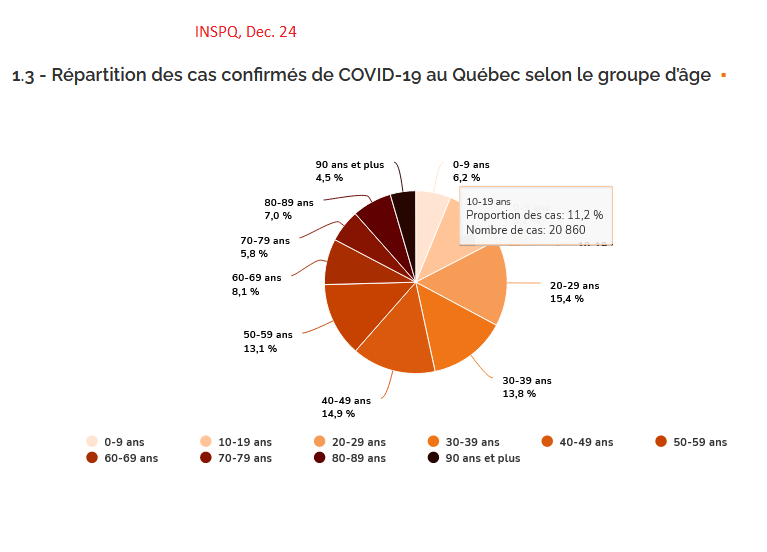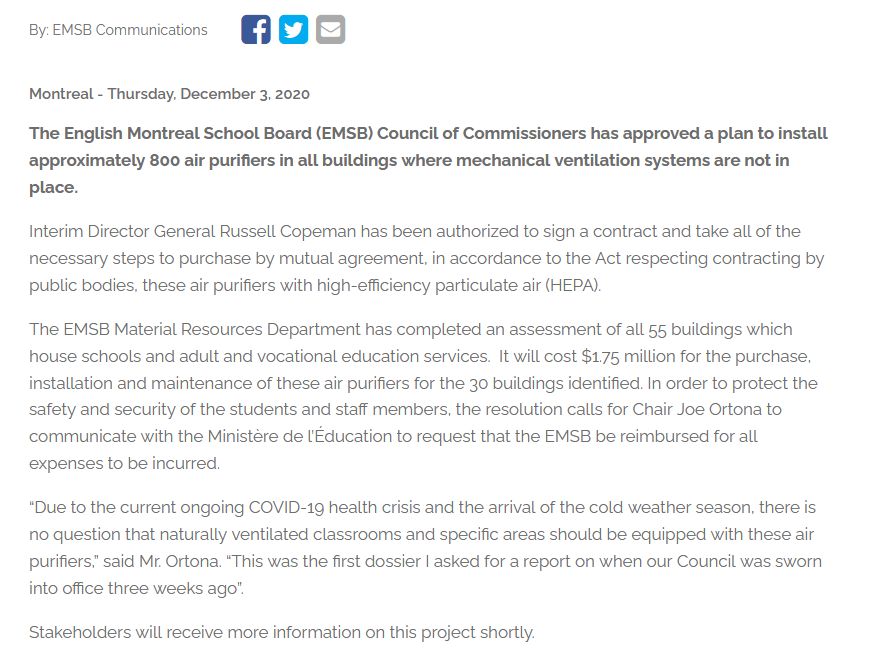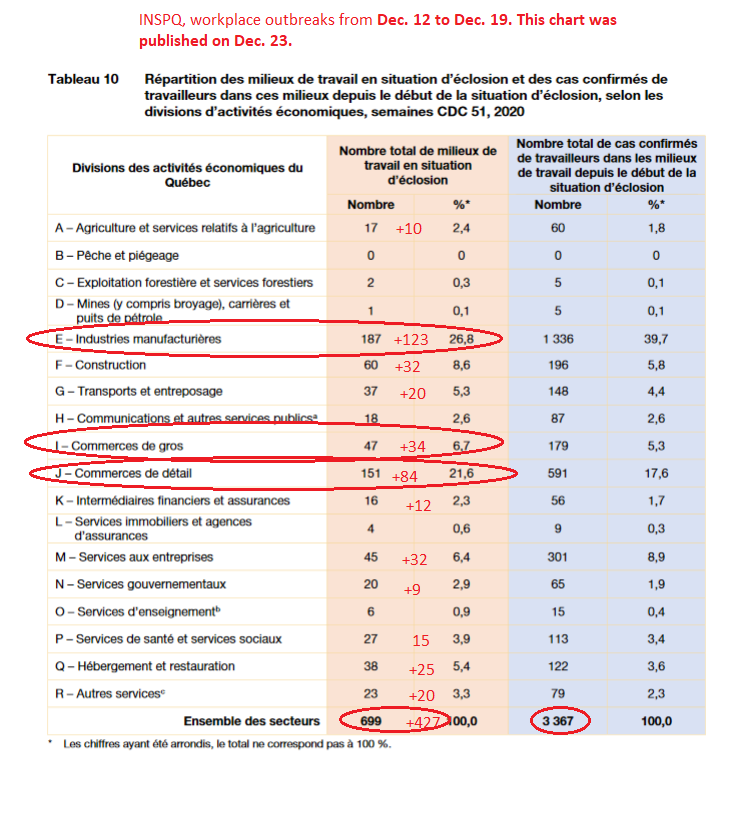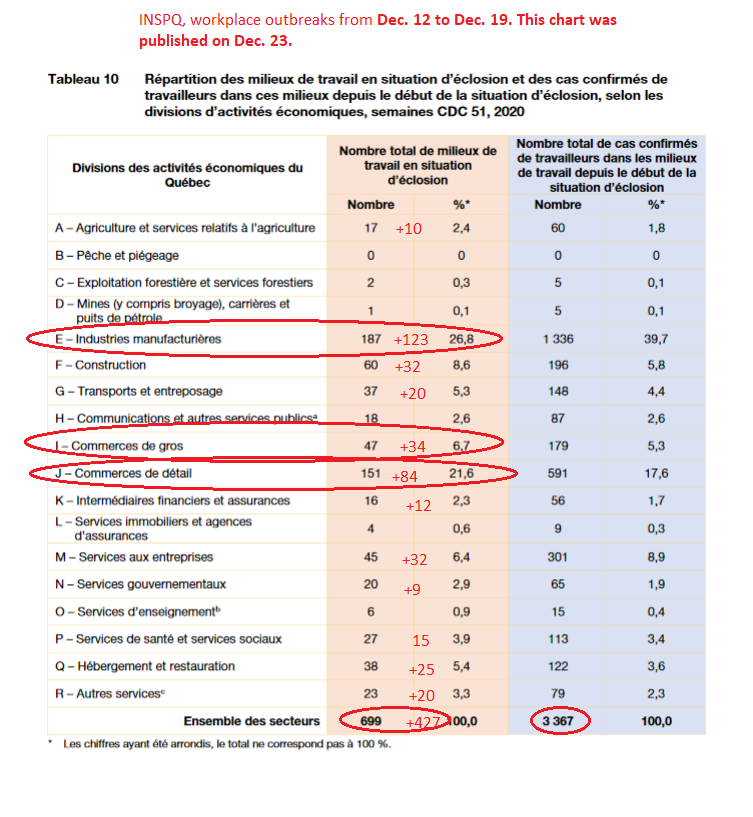
1) Since the summer, two Quebec age groups have observed marked shifts in their number of confirmed #COVID19 cases: children in daycares and elementary schools, as well as high school students. In this thread, I will assess what this means for the return to school on Jan. 11.
2) First, let me concentrate on the demographic that public-health officials have often talked about during the second wave: the 20-to-29 age cohort. Officials in Quebec have often attributed the rise in transmission to this age group. But is this truly correct?
3) On July 28, the 20-to-29 group represented 13.8% of cumulative #COVID19 cases. By Dec. 24, the group’s share of total cases rose to 15.4%. There is no doubt this demographic has driven community transmission, but the facts show a more dramatic shift among younger age cohorts.
4) On July 28, the 10-to-19 age group comprised 5.1% of all #COVID19 cases. But by Dec. 24, that group’s share of all cases soared to 11.2%. And in the 0-to-9 demographic, the share grew from 3.2% to 6.2%. Please see the pie chart below. 

5) What explains those huge percentage increases? The answer is simple: the return to school in the fall. By the time schools closed last week for the holidays, the province had reported 4,427 active cases among students. Please see the chart below. 

6) Initially, public health officials insisted that schoolchildren contracted #COVID19 in the community and not in schools. But if that’s so, why has the Education Ministry confirmed that as of Dec. 22, there were 1,165 active cases among teachers and other staff?
7) Interestingly, other age groups show virtually no or little change since the summer. For example, the 40-to-49 cohort represented 15% of all cases on July 28. By Dec. 24, its share declined to 14.9%.
8) These statistics point undeniably to the fact crowded schools — and most likely poorly ventilated ones — have turned into breeding grounds for the #coronavirus. Yet the government is still reluctant to install portable air purifiers in schools despite the pleas of experts.
9) Students will return to class on Jan. 11. The government should heed the non-partisan advice of experts and do what the English Montreal School Board has done: purchase air purifiers in classrooms without mechanical ventilation. 

10) You may have noticed that this thread has not included figures on any new #COVID19 cases, hospitalizations or deaths. That’s because the Quebec Health Ministry has suspended updates for Christmas and Boxing Day. End of thread. Please stay safe and limit your social contacts.
• • •
Missing some Tweet in this thread? You can try to
force a refresh












